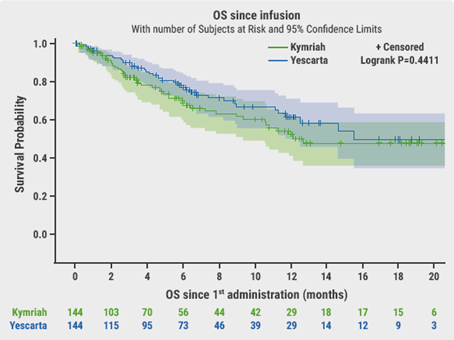Researchers examined data from the National Center for Health Statistics and the Surveillance, Epidemiology, and End Results (SEER) cancer registry on the incidence, mortality and survival for nine types of cancer that had the highest mortality rates for patients age 15 to 19 years between 1975 and 2016.
From 2012 to 2016, the incidence rate for adolescents and young adults aged 15 to 19 years was 74.96 cancer cases per 100,000, with a cancer mortality rate of 9.01 deaths per 100,000, the researchers report in Cancer.
The cancer types with the highest mortality per 100,000 were: female breast cancer (2.19); brain and nervous system cancers (0.97); cervical cancer (0.91); colorectal cancer (0.88); bone, joint, and soft tissue sarcomas (0.75); ovarian cancer (0.44); lung and bronchus cancer (0.43); acute myeloid leukemia (AML, 0.40); and non-Hodgkin lymphoma (NHL, 0.40).
Combined, these nine types of cancer made up 62% of all cancer fatalities among adolescents and young adults and accounted for almost 42% of all cancers diagnosed in these age groups.
Cancers with the largest improvements in relative five-year survival included AML, brain cancer, lung cancer, colorectal cancer, and NHL. The study also identified moderate improvements for breast, bone, and ovarian cancer; but researchers found no significant improvement in survival for cervical cancer.
"Improvements in survival for certain cancers are likely due to a more personalized approach to care based on subgrouping of cancers by their biologic behavior, better multimodal treatments, improved technology in early detection of recurrences, reduced tobacco, and improved screening/diagnostic imaging, targeted therapy," said Dr. Smita Bhatia, director of the Institute for Cancer Outcomes and Survivorship at the University of Alabama at Birmingham.
The lack of improvements in other cancer types are multifactorial and vary by tumor type, Dr. Bhatia, who wasn't involved in the study, said by email.
"Low uptake in screening, delayed diagnosis, suboptimal care, metastatic disease at presentation, lack of availability of new drugs to address the disease biology, and delayed diagnosis because of lack of good screening measures that are uniformly adopted contribute to limited survival improvements in these cancers," Dr. Bhatia said.
One limitation of the study is that it doesn't examine the trends in screening, treatment, diagnostic imaging that might influence survival, Dr. Bhatia said. It's also not clear whether patients died of cancer or other causes.
In addition, the cancer types that showed lower improvement over time - breast, bone, ovarian, and cervical - all have higher 5-year survival rates today than those that didn't improve as much - brain, lung, AML, and colorectal, said Hazel Nichols, an associate professor of epidemiology at the Gillings School of Global Public Health and the Lineberger Comprehensive Cancer Center at the University of North Carolina at Chapel Hill.
"Cancer types that had really low survival in 1975 may have made tremendous gains over the last 40 years, but can still have lower survival today compared to those that started out higher to begin with," Nichols, who wasn't involved in the study, said by email. "The 'most improved' award does not necessarily go to the cancer type with the best survival for patients."
However, the study results emphasize the need for more clinical trials to better understand these cancers in adolescent and young adult patients as well as the need for clinicians to refer younger patients for treatment at cancer centers with experience in this age group, said study co-author Dr. Nita L. Seibel, of the Clinical Therapy Evaluation Program at the National Cancer Institute, in Bethesda, Maryland.
"We need to make sure these patients are enrolled on clinical trials for these types of tumors and researchers should focus on these tumor types so we can get a better understanding of the cancer in this age group," Dr. Seibel said by email. "If this happens then we will have better treatments and also find out if they need to be treated differently or screened differently from older patients."
SOURCE: https://bit.ly/3eXVcIX Cancer, online July 26, 2021.
By Lisa Rapaport
Posted on
Previous Article
« High humoral response frequent in allogenic HSCT patients after second COVID vaccine dose Next Article
Intensifying therapy with carboplatin boosts survival in group 3 medulloblastoma »
« High humoral response frequent in allogenic HSCT patients after second COVID vaccine dose Next Article
Intensifying therapy with carboplatin boosts survival in group 3 medulloblastoma »
Related Articles


September 9, 2020
Zanubrutinib versus ibrutinib in Waldenström macroglobulinaemia
© 2024 Medicom Medical Publishers. All rights reserved. Terms and Conditions | Privacy Policy
HEAD OFFICE
Laarderhoogtweg 25
1101 EB Amsterdam
The Netherlands
T: +31 85 4012 560
E: publishers@medicom-publishers.com

